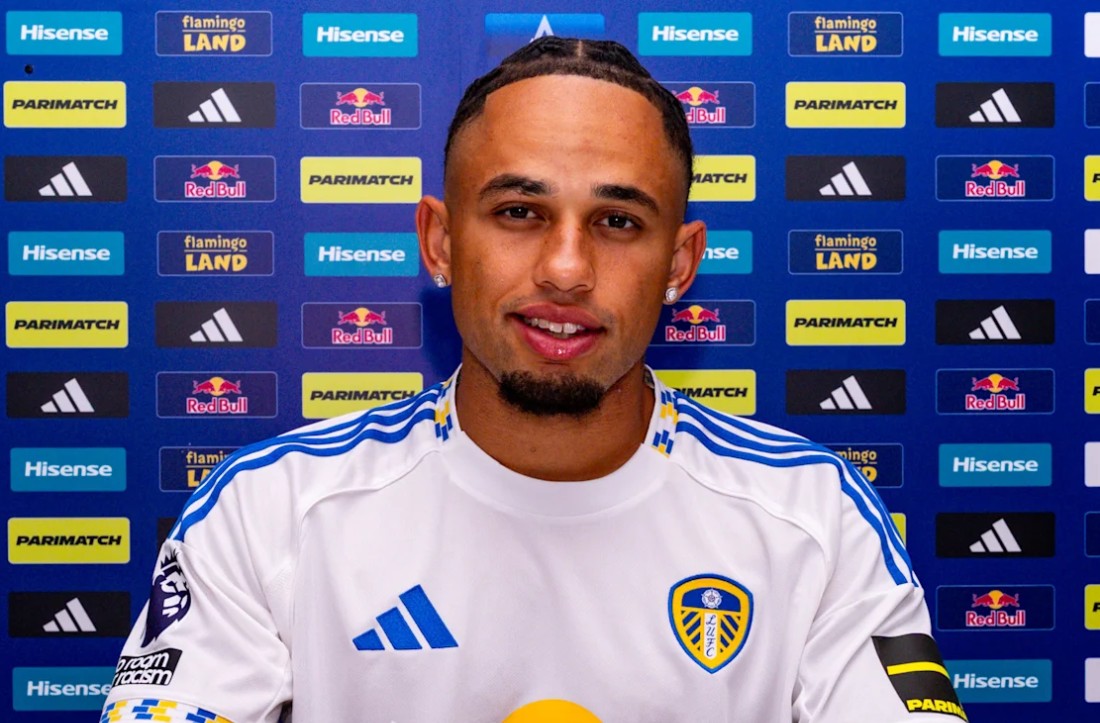The curtains have closed on the 2025 summer transfer window, and once again, the Premier League has demonstrated its unparalleled financial gravity. This year, the allure of English football proved particularly strong for Italian talent, as clubs from England`s top flight collectively invested a staggering sum, nearing €300 million, to bring 15 players from Italy`s Serie A across the Channel. This trend not only highlights the Premier League`s immense economic power but also prompts a closer look at the evolving dynamics of European football`s transfer market.
The Irresistible Pull of the Premier League
For years, the Premier League has been recognized as the most financially lucrative league in the world, capable of offering eye-watering salaries and significant transfer fees. This summer, the Italian peninsula became a prime hunting ground. While Serie A remains a crucible for developing exceptional tactical and technical talent, its clubs often find themselves in a challenging position when faced with bids from their English counterparts. It`s a bittersweet symphony for Italian teams: a substantial cash injection is often welcome, but it frequently comes at the cost of a prized asset, leaving them to rebuild and reassess their squad strategies.
This isn`t merely about individual player ambition; it`s a reflection of deeper economic disparities. The Premier League`s global broadcast revenues and commercial appeal create a financial ecosystem that few other leagues can match. Consequently, when an English club comes calling, it often presents an offer that is simply too good to refuse, both for the selling club and the player dreaming of the global stage.
The Marquee Signings: Reijnders and Leoni Lead the Charge
At the forefront of this Italian migration was **Tijjani Reijnders**. The Dutch midfielder completed a high-profile switch from AC Milan to Premier League titans Manchester City. His transfer commanded a reported **€55 million**, a figure that could escalate beyond €70 million with various add-ons. This move alone underscores the Premier League`s willingness to invest heavily in proven talent, especially those with the tactical intelligence and technical prowess often refined in Serie A.

Not far behind in terms of financial significance was the arrival of **Giovanni Leoni** at Liverpool. The young defender, lauded for his promising potential, made the move from Parma for a fee of **€31 million**. Liverpool coach Slot, speaking shortly after Leoni’s arrival, expressed clear enthusiasm: “He comes in as an 18-year-old just playing with his new teammates as if he is here for longer. Impressive; if you look at how tall he is, fast, comfortable on the ball. Yeah, there’s a reason why we paid the transfer fee we did, because we see him as a bright prospect.” Such comments are a testament to the meticulous scouting and strategic investment English clubs are making in Serie A`s emerging talents.
A Broader Look at the Serie A Talent Drain
While Reijnders and Leoni captured headlines, they were by no means isolated cases. The 2025 summer window saw a total of **15 players** swap Italian pitches for English ones, contributing to the nearly €300 million spend. Other notable transfers included:
- **Dan Ndoye**, leaving Bologna for a substantial **€42 million**.
- **Malick Thiaw**, departing AC Milan for **€35 million**.
- **Enzo Le Fee**, who finalized a permanent **€23 million** transfer from AS Roma to Sunderland, following an initial loan spell.

The list further extended to names such as Noha Okafor, Jaka Bijol, Michael Kaoyde, Loum Tchaouna, Nicolò Savona, Jackson Tchatchoua, Diego Coppola, Douglas Luiz, and Alex Jimenez. Even Samuel Chukwueze joined the Premier League on deadline day, completing an initial loan move from Milan to Fulham, illustrating the widespread interest across various Premier League clubs, from title contenders to those bolstering their ranks for survival.
Implications for Both Leagues
For the Premier League, this influx of Serie A talent represents a consistent strategy to enhance squad depth, inject fresh technical ability, and secure promising young players. It fuels the league`s competitive edge, ensuring that the battle for domestic and European honors remains fierce and captivating.
Conversely, for Serie A, the trend presents a perpetual challenge. While the transfer fees provide vital funds for investment in infrastructure, youth academies, or even new signings, the loss of key players can hinder ambitions for sustained success in European competitions. Italian clubs are often forced into a cycle of developing talent, selling it for profit, and then seeking out the next generation, a model that, while sustainable, rarely allows them to compete directly with the Premier League`s top spenders for established stars.
The Evolving Landscape of European Football
The 2025 summer window serves as another clear indicator of the Premier League`s dominance in the global football market. The nearly €300 million spent on Serie A players is not just a figure; it represents a tangible shift of talent and financial power. As the transfer windows continue to open and close, the question remains: will other European leagues ever close the financial gap, or will the Premier League continue its reign as the primary destination for the continent`s most sought-after footballing commodities? For now, Italian clubs might just have to get used to the annual migration of their stars, hoping the compensation allows them to nurture the next wave of talent.









